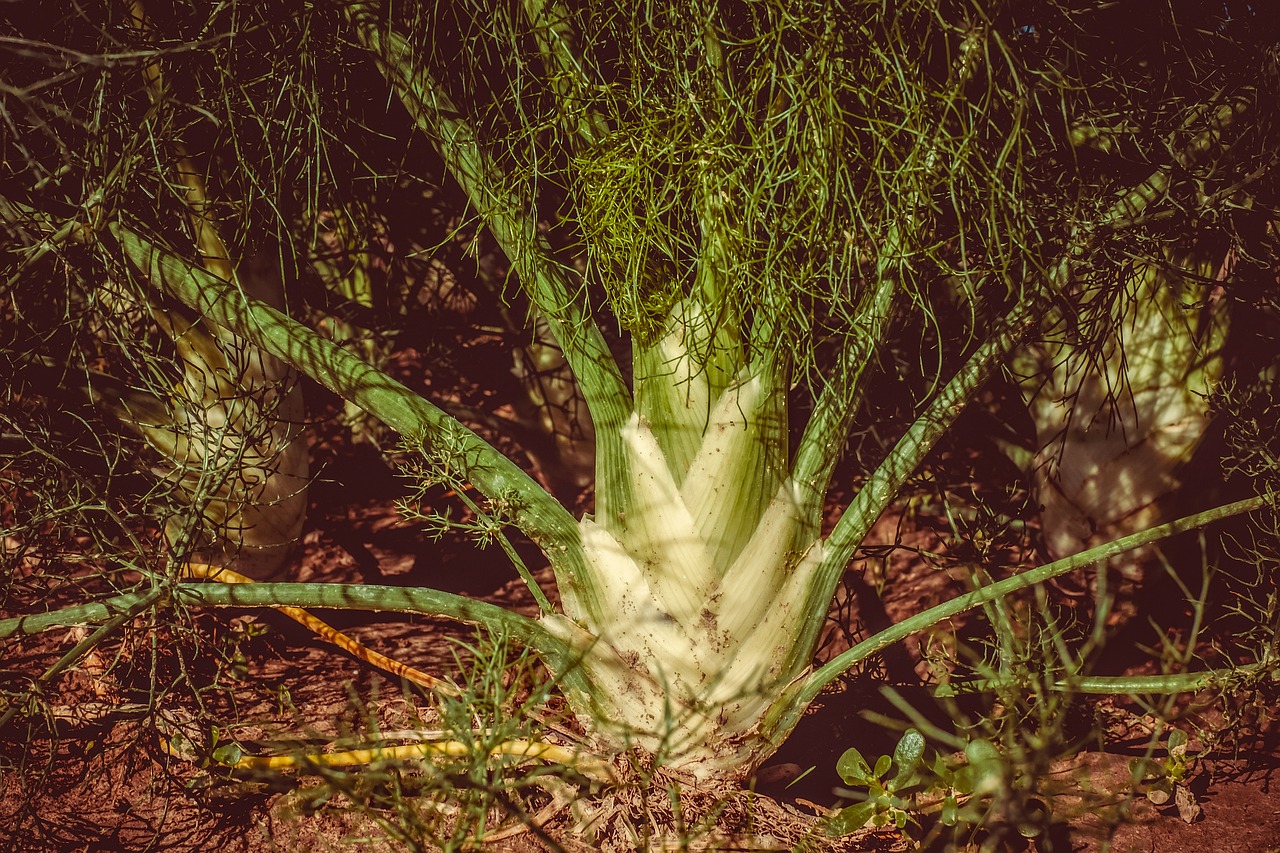
Fennel
Foeniculum vulgare
Basic Information
🌿 Family: Apiaceae🗺️ Zone: 4-10
Other Names:
- Sweet Fennel
- Florence Fennel
- Bronze Fennel
🌡️ Ideal Temperature : 50°F – 85°F
🔥 Heat Tolerance: Up to 95°F
❄️ Cold Tolerance: Down to 25°F
🌱 Type: Perennial
Layers
- Herbaceous
Functions
- Edible
- Medicinal
- Pollinator
- Wildlife Attractor
- Dynamic Accumulator
- Border Plant
Pests
No pests associated with this plant.
Description
Fennel (Foeniculum vulgare) is a tall, aromatic, and feathery-leaved perennial herb that grows up to 1.8 meters (6 feet) tall. It produces umbrella-shaped clusters of small yellow flowers in summer, which attract beneficial insects.
This plant thrives in well-drained, fertile soil and is highly drought-resistant once established. It is commonly used for its edible bulbs, seeds, and leaves, as well as for medicinal purposes.
🌞💧 Sun and Water Requirements:
- Prefers full sun and thrives in warm climates.
- Requires well-drained, loamy, or sandy soil.
- Drought-tolerant once established but benefits from occasional deep watering.
✂️🫘 Methods to Propagate:
- Seeds: Direct sow in early spring or fall, as fennel does not transplant well.
- Self-seeding: Readily reseeds if flower heads are left to mature.
- No division: Root division is not commonly used for propagation.
🧑🌾👩🌾 When to Harvest:
- Leaves can be harvested anytime during the growing season.
- Bulbs should be harvested when they reach 8–10 cm (3–4 inches) in diameter.
- Seeds are collected in late summer when flower heads dry and turn brown.
Purpose
Fennel serves multiple functions in a permaculture system:
- Edible: Bulbs, seeds, and leaves are used in cooking, herbal teas, and natural remedies.
- Medicinal: Traditionally used for digestion, colic relief, and as a mild expectorant.
- Pollinator: Flowers attract bees, butterflies, and predatory wasps.
- Wildlife Attractor: Provides food for swallowtail butterfly larvae.
- Dynamic Accumulator: Extracts minerals such as sulfur and potassium, enriching nearby soil.
- Border Plant: Used as a visual and functional garden divider.